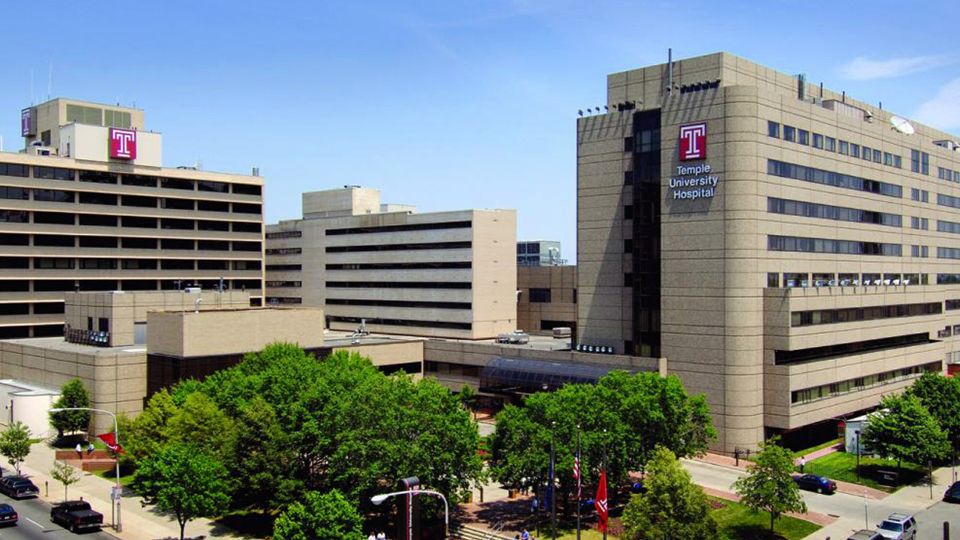Temple University Plans Job Cuts as Budget Deficit Looms and Enrollment Struggles to Recover
University Prepares for Financial Tightening Amid $60 Million Projected Shortfall
Temple University, a major public institution located in Philadelphia, Pennsylvania, United States, is preparing to implement job reductions as part of a broader strategy to address a significant $60 million structural deficit projected for fiscal year 2026. The announcement, made by university president John Fry, underscores the financial challenges facing many higher education institutions in the current economic climate.
Despite signs of recovery in new student enrollment, the university continues to wrestle with rising operating costs, stagnant public funding, and a steep decline in tuition revenue following years of enrollment drops.
Efforts to Control Costs and Shrink the Budget Gap
President Fry informed the Temple community that although the university had successfully reduced an earlier $85 million shortfall to $19 million for fiscal year 2025, much tougher decisions lie ahead. Among them is a 5% reduction in compensation spending across all departments, a measure that will inevitably lead to job losses.
“Unfortunately, this will result in the elimination of some positions,” Fry acknowledged, pointing to the need for structural changes rather than temporary fixes.
In the past year, the university sought to limit its deficit through strict controls on hiring, travel, and discretionary expenses, but it wasn’t enough to avoid future cuts. Fry emphasized that relying on university reserves to cover shortfalls is no longer sustainable and that a balanced budget is essential for the institution’s long-term health.
Enrollment Drop Leads to Sharp Revenue Decline
The heart of the budget problem lies in a long-term decline in student enrollment, which has dropped by approximately 10,000 students since 2017. Much of that decline occurred during the COVID-19 pandemic and has contributed to a $200 million loss in tuition revenue over the years.
As of fall 2023, Temple’s enrollment stood at 30,205 students, a figure significantly lower than pre-pandemic levels. However, Fry noted encouraging signs for the class of 2029, with early indicators suggesting Temple could see a second consecutive year of growth in first-year enrollment.
Balancing Growth with Financial Reality
While the university works to rebuild its student base, it must also contend with flat state funding and rising operational expenses. Employee compensation currently accounts for 62% of Temple’s total operating costs, making it the primary area targeted for cost reductions. Still, the university is planning to provide a 1.5% increase for merit-based salary raises, signaling a desire to maintain morale during difficult times.
Despite the financial strain, Temple is continuing with several major capital projects, including a new building for its College of Public Health and an arts pavilion. These developments are being funded through philanthropic donations and state funding, rather than from operating budgets.
A Broader Trend Across Higher Education
Temple’s fiscal challenges are part of a growing trend affecting both public and private colleges across the United States. In response to similar pressures, many universities have implemented hiring freezes, furloughs, tuition hikes, and staff reductions.
Nationally, reduced federal support and policy changes — such as proposals to eliminate certain student loan programs — have added additional uncertainty to higher education funding. These evolving circumstances are forcing institutions like Temple to make difficult, but necessary adjustments to remain financially viable.
The Road Ahead
As Temple University enters the next phase of financial restructuring, university leaders remain focused on expanding enrollment, exploring new revenue opportunities, and realigning internal resources. The next three years are expected to be especially challenging, but administrators believe that with strategic planning and community support, the institution can emerge more resilient and focused.
President Fry’s message was clear — the road to stability will require hard decisions, but it also opens the door for transformation and renewal within the university.
